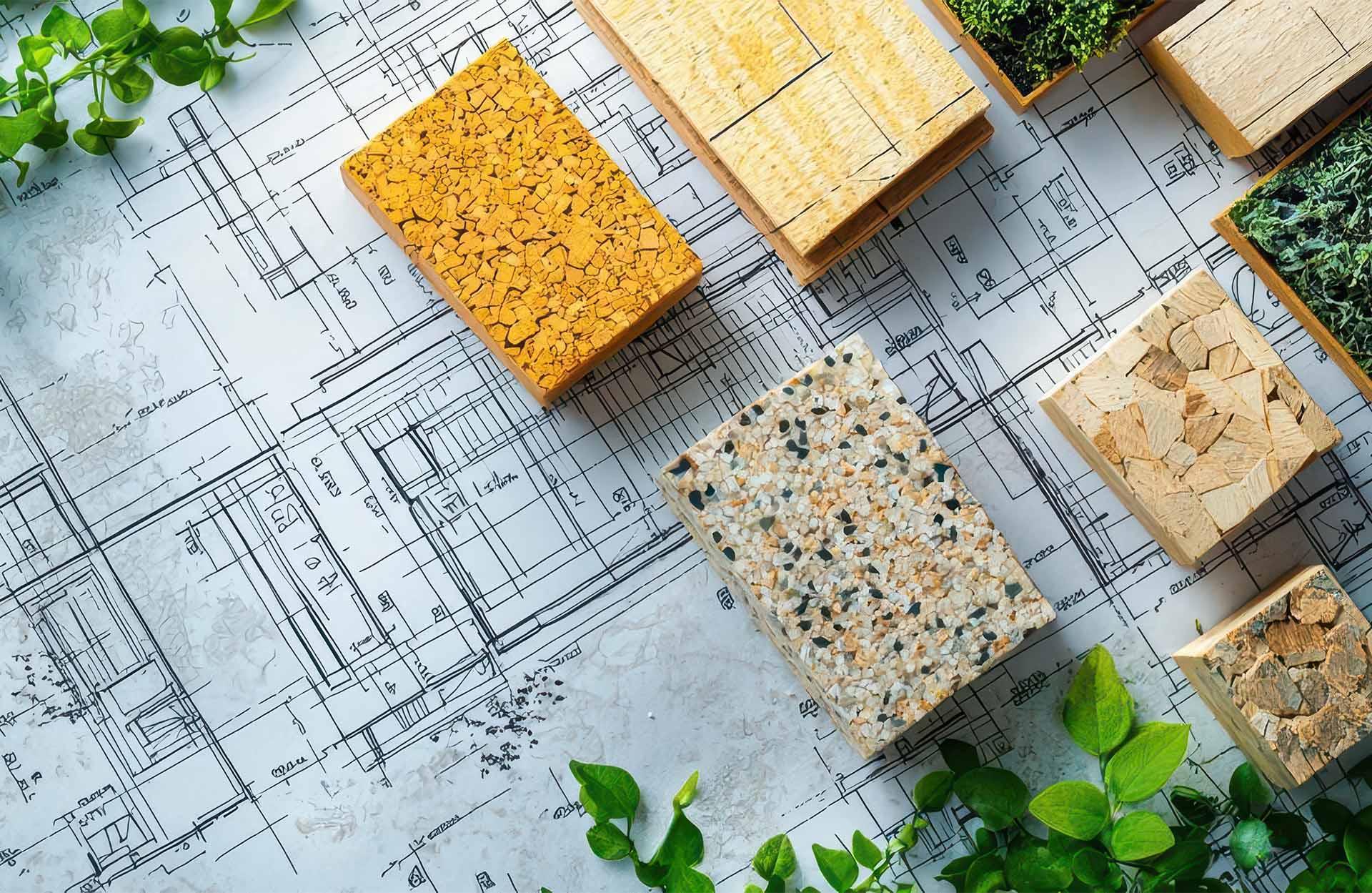J1V3 is an important part of sustainable building practices in Australia. A J1V3 performance solution can be adopted as an alternative compliance pathway to the Deemed-to-Satisfy (DTS) solution. It ensures that buildings meet minimum energy performance standards to comply with the National Construction Code (NCC), whilst helping to reduce environmental impact.
However, navigating J1V3 can be challenging for builders and architects. This article aims to provide practical tips and insights to help you successfully comply with J1V3 requirements.
Understanding J1V3
The J1V3 Verification Method is a way to check if a building meets energy efficiency standards by comparing its greenhouse gas emissions to those of a standard reference building. “J1V3” (formerly JV3) indicates the third verification method in Section J of the National Construction Code (NCC).
The J1V3 assessment involves detailed modelling and reporting and involves:
- Energy performance requirements
- Detailed simulations to predict energy usage
- Comprehensive reports to document compliance
Compliance with J1V3 can help improve energy efficiency, minimise operating costs, increase building value, and enhance comfort in sustainable built environments for people who live or work in them.
For details of the benefits of building sustainably, read: How Green Building is Revolutionising Real Estate
Architects’ Role in J1V3
Developing building designs that comply with J1V3 are within the scope of architects. This includes optimising building orientation, incorporating natural lighting, and selecting appropriate materials.
When designing an energy efficient building, an architect can position its orientation to maximise natural light, reducing energy consumption. They also have the opportunity to incorporate renewable energy sources in building designs, typically solar panels. Another strategy is to select materials with high thermal mass which provide a high level of insulation to help maintain comfortable indoor temperatures.
In ensuring design compliance, architects must prepare and maintain thorough documentation, including energy analysis reports and compliance records. It is also vital that they work closely with other professionals, including builders, surveyors, and energy consultants, to ensure all aspects of the design and construction meet the J1V3 requirements.
Builders’ Role in J1V3
Builders are responsible for collaborating with architects and energy consultants to meet the required standards and comply with J1V3. In the process, they must ensure appropriate insulation, install energy-efficient HVAC systems, and use appropriate building materials.
Appropriate insulation is critical to maintaining indoor temperatures and reducing energy consumption. Installing energy-efficient heating, ventilation, and air conditioning systems can reduce energy usage. In addition, using materials with high energy efficiency ratings can help minimise energy loss through the building envelope.
The J1V3 Assessment Process
J1V3 validation involves comparing the greenhouse gas emissions of your proposed building design to those of a reference building that meets basic energy efficiency standards. If your proposed building’s emissions are equal to or less than the reference building’s emissions, it passes the J1V3 assessment.
Conducting the assessment generally follows these steps:
- Deemed-to-Satisfy (DTS) assessment is carried out first, as the DTS assessment is required for the reference building.
- Data collection, gathering all necessary data on building materials, design, and energy systems
Modelling, using simulation software to predict the building’s energy performance, under different weather conditions and usage scenarios - Reporting, with detailed reports generated to document compliance with J1V3 standards
- Optimisation, by addressing any deficiencies identified in the assessment, to achieve compliance
Practical Tips for Builders and Architects
Builders and architects can navigate the J1V3 assessment process more effectively by following these tips:
Early Planning
- Familiarise yourself with the specific J1V3 requirements for your project, including any regional or local variations.
- Consider setting ambitious energy efficiency targets for your project and use J1V3 to track progress towards achieving them.
- Discuss J1V3 requirements and strategies during design charrettes, ensuring they are integrated into the project from the outset.
Materials Selection
- Prioritise energy-efficient materials with high thermal insulation properties, low embodied energy, and low volatile organic compounds (VOC) emissions.
- Evaluate the impact of materials on the overall energy performance of the building, not just their individual ratings.
- Whenever possible, specify sustainable materials that have been certified by recognised organisations.
Collaboration
- Establish a dedicated team of architects, builders, energy consultants, and J1V3 experts to oversee the J1V3 assessment process.
- Hold regular meetings to discuss progress, address challenges, and make necessary adjustments to the design or construction process.
- Maintain detailed documentation of all J1V3-related activities and decisions via the NCC required Performance-Based Design Brief to demonstrate compliance with the assessment requirements.
Regular Training
- Participate in training courses to stay up-to-date on the latest J1V3 guidelines and best practices.
- Network with J1V3 experts, builders, and architects who have experience with J1V3 to learn from their successes and challenges.
- Stay informed about new J1V3 requirements and assessment procedures by subscribing to relevant newsletters or industry publications.
Use of Technology
- Utilise software tools that are specifically designed to assist with J1V3 assessments, such as energy modelling software and compliance checking tools.
- Integrate J1V3 data into your Building Information Modelling (BIM) process to facilitate collaboration, coordination, and decision-making.
- Leverage cloud-based platforms to share J1V3 data and collaborate with stakeholders in real time.
Successful Collaboration for J1V3 Compliance
By working together on J1V3 requirements, builders and architects can achieve successful compliance, following the tips and strategies above. Working with qualified energy consultants is also important to ensuring accurate and reliable results and identifying areas for improvement.
Our team at Application Solutions can assist you in J1V3 compliance and contributing to a more sustainable build environment.
By following these guidelines, builders and architects can master the J1V3 Assessment and lead the way in sustainable building practices.





